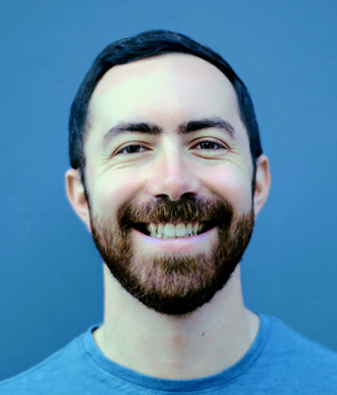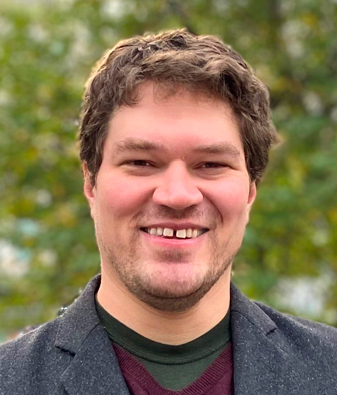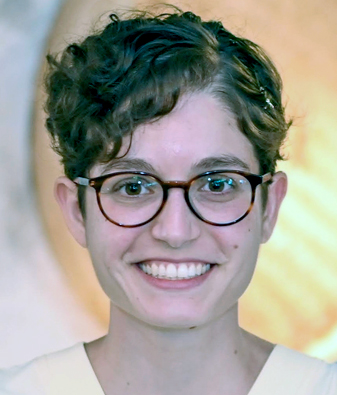Earlier this year, members of an international collaboration of astrophysicists resumed their headline making efforts to observe “ripples in spacetime” — gravitational waves — with the start of another observing run.
Gravitational waves are generated by the movements of massive objects such as merging pairs of blackholes or merging black holes and neutron stars. The waves, which propagate through space like ripples on the surface of a pond, were predicted by Einstein in 1916 and were directly detected for the first time in 2015 with the Laser Interferometer Gravitational-Wave Observatory, or LIGO.

As gravitational waves travel through the universe, they cause an incredibly minute change in the dimensions of objects. Astrophysicists detect this change by measuring variations in length of a pair of four-kilometre-long beams of laser light that are the heart of LIGO.
The new observing run comes after a hiatus during which the collaboration upgraded LIGO instrumentation and data analysis methods. The improvements increased the observatory’s sensitivity by 30 per cent which should result in a higher rate of merger detections, as many as one every two or three days.
Since that groundbreaking discovery in 2015, LIGO has been joined in the search by two new observatories: Virgo, in Italy; and KAGRA, in Japan.
Three current members of the Faculty of Arts & Science’s Canadian Institute for Theoretical Astrophysics (CITA) have a longstanding involvement with the LIGO/Virgo/KAGRA collaboration. Maya Fishbach is an assistant professor with CITA; Reed Essick is an assistant professor with CITA and the Department of Physics; Phil Landry is a CITA postdoctoral fellow.

Landry, who chairs the Extreme Matter R&D Working Group, has been eagerly awaiting the start of this observing campaign. He is proud of the contributions of the LIGO group at CITA.
“The group has contributed a lot of important work to prepare for this observing run,” he says. “We can’t wait to get our hands dirty analyzing the new black hole and neutron star merger signals that we detect.”
Fishbach, who co-chairs the Rates & Populations Working Group, is looking forward to having new gravitational wave observations to answer questions that theoretical astrophysicists at CITA have been thinking up since the last run, nearly three years ago.
“I am thrilled we’ll finally have the new gravitational-wave observations to answer these questions,” says Fishbach. “There’s hard work ahead of us as we try to make sense of the loud and dynamic gravitational wave universe, but the discovery potential has never been higher.”

The latest observing run presents opportunities for theorists at CITA outside of the LIGO group as well. For example, astronomers can now explore a whole new realm of investigation known as multi-messenger astronomy, where phenomena like blackhole/neutron star mergers can be studied by observing — not just the light and particles they generate — but also the gravitational waves.
“Gravitational wave observations are a key part of multi-messenger astronomy, but they are only one part,” says Essick. “I’m excited to see what the entire community discovers during the next observing session, from radio to gamma-ray observers as well as neutrino and astroparticle experiments, and how CITA’s broad astrophysical expertise can help work out the origin of these astrophysical systems.
“We only find what we look for,” he says, “and it’s very exciting to be able to start looking at all these channels with new data.”

